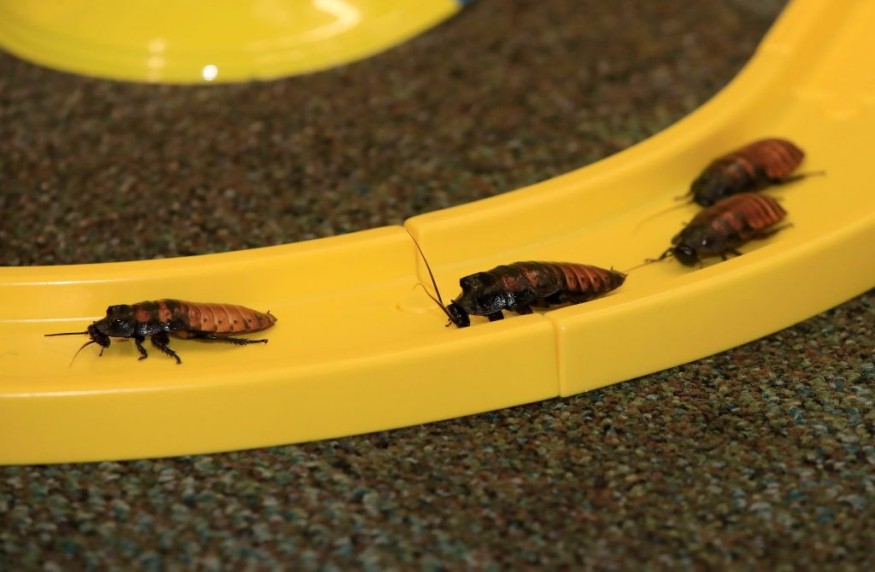A million-year-old cockroach discovered (and preserved) in amber tells us that ancient cockroaches are not like today's "nocturnal creepy crawlers".
The now-extinct cockroach, scientifically known as Huablattula hui, had been known to have existed, but this is the first-time discovery of their "huge peepers", as per LiveScience.
According to researchers, the "big-eyed cockroach" forage during the day, when the sun was blazing up above. "The cockroach specimen was remarkably well preserved and showed many morphological features in fine detail," said study lead researcher Ryo Taniguchi, a graduate student in the Department of Natural History Sciences at Hokkaido University in Japan.
As far as their senses are concerned, it is currently unknown how this particular feature works for them due to challenges in studying extinct species. However, this "terrifying" new species of cockroach was surely something seen on Earth until today, MailOnline reports.
History preserved in amber

Scientists have been used to studying organisms from millions of years ago through fossils. For a long while, scientists have learned about animals' sensory organs and even gathered sensory information about extinct species, but studying insects has been particularly challenging due to their delicate parts that don't fossilize well in sediments.
"Insect organs are rarely preserved in sediments because they are so small and fragile," Taniguchi said. "One way to solve this problem is to study exceptionally well-preserved fossil material from amber."
This is exactly what happened to this male H. hui cockroach from about 100 million years ago, during the Cretaceous period. In a 2021 study published in SpringerLink, researchers stressed that insect sensory organs are seldom fossilized in sediments due to their small size and fragility.
Unfortunately, "existing non-destructive analysis is insufficient to observe details of these micro sensory organs even with amber preservation," the team wrote.
Reconstructing the cockroach's sensory organs
The specimen which can now be found in Myanmar was examined by Taniguchi and his colleagues from Hokkaido and Fukuoka universities, using variety of techniques such as photography and micro-CT.
Using microscopy and photography to examine the big eyes and technique called thin-sectioning, where the amber is sliced 200 micrometers wide, the team revealed a cockroach with "a sensory world mostly unknown to the roaches in modern basements."
For instance, ancient cockroaches had well-developed compound eyes unlike modern cockroaches, but at the same time, having a fraction of the antennae touch sensors like modern relatives. "These lines of morphological evidence in sensory organs indicate that these species relied on the visual system in their behavior, such as searching for food and finding predators," Taniguchi told Live Science in an email.
Moreover, findings suggest that roaches in the past may have been much more ecologically diverse than they are today, with sensory structure that is active during the daytime.
However, the team notes that modern-day nocturnal cockroaches are not descended from H. hui, whereby the latter represents a lineage that may have perished through competition with other insects which "likely relegated roaches to dark corners and caves."
© 2025 NatureWorldNews.com All rights reserved. Do not reproduce without permission.

